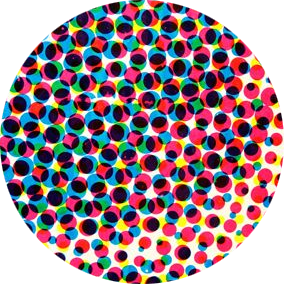Classic Comic Strips
Comic strips as we now commonly recognize them originated in American newspapers in the mid-1890s. In this series, we examine the history, content, and form of classic comic strips including “Little Nemo in Slumberland,” “Calvin & Hobbes,” “Peanuts,” “Krazy Kat,” “Winnie Winkle,” and more.
What’s it all about?
Comic strips are a quintissential part of Amercian culture and essential to the history of the comics form. In this series of threads, we examine the cultural contexts informing classic strips and dig into formal properties and influences.
An Introduction to Comic Strips

Comic strips first began appearing in American newspapers in the mid-1890s. One direct inspiration for the form was the political cartoons appearing in 19th century magazines such as “Puck” and “Truth,” themselves inspired by British satire magazines such as “Punch.” 1/10
You can also jump ahead to specific threads. Here’s a full list of topics:
An Introduction to Comic Strips
The Influence of George Herriman’s “Krazy Kat”
EE Cummings on “Krazy Kat”
Amusement & Consumerism in Winsor McKay’s “Little Nemo”
The Poignancy of Charles Schultz’s “Peanuts”
Religion in “Peanuts”
Costume, Sexuality & Power in Tarpé Mills’ “Miss Fury”
Feminism and “Working Girls”
Comic Strips & Racial Caricatures
Skillful Pastiche in Bill Watterson’s “Calvin & Hobbes”
The Mechanics of the “Gag Strip”


